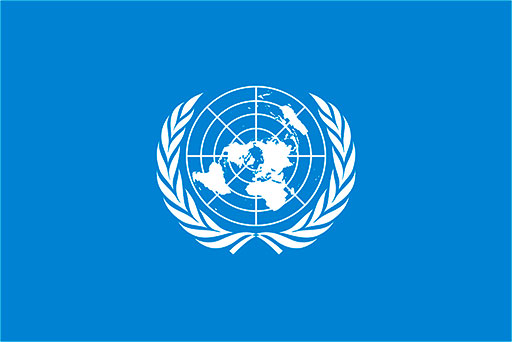2 Global drivers for change
In 1945 the United Nations (UN) [Tip: hold Ctrl and click a link to open it in a new tab. (Hide tip)] organisation was formed with the aim of preserving international peace and fostering co-operation between nations to solve global problems. The UN could be considered to be the organisation through which the world community plans for the future, establishing globally agreed frameworks to drive national policy making. The World Bank Group, founded in 1944, also works to provide funding and knowledge aimed at reducing poverty, increasing shared prosperity, and promoting sustainable development.
In September 2015, 193 world leaders agreed on a vision for 2030 called ‘Sustainable Development Goals’ – the SDGs (United Nations 2015).
Activity 3 Introducing the global drivers

Watch the United Nations’ video Numbers in Action. Note what the United Nations hope to see achieved by 2030.
Although education is specifically identified as Goal 4, it is thought that improving education is important in achieving all of the goals. Education needs to be ‘fit’ for a future that we only have clues about.
Think about:
- What environmental concerns does the world face that education may have to react to?
- What demographic changes are there throughout the globe that may affect education?
- What technological changes may affect the way that education is structured?
Discussion
- You may have thought of climate change, air pollution in industrialised settings, deforestation, habitat loss and reduction in biodiversity, depletion of finite resources and many more.
- You may have thought of increasing migration and international movement of people, an increase in lifespan and some nations’ populations increasing, whilst in other areas decreasing birth rates may be an issue.
- You may have thought of increasing automation and artificial intelligence which may mean fewer manual jobs, global connectivity through the internet and widespread access to mobile devices, international digital security issues and many more.
In this course we will help you analyse how each of these ‘drivers’ contribute to thinking about an education system that is fit for purpose in the twenty-first century.
